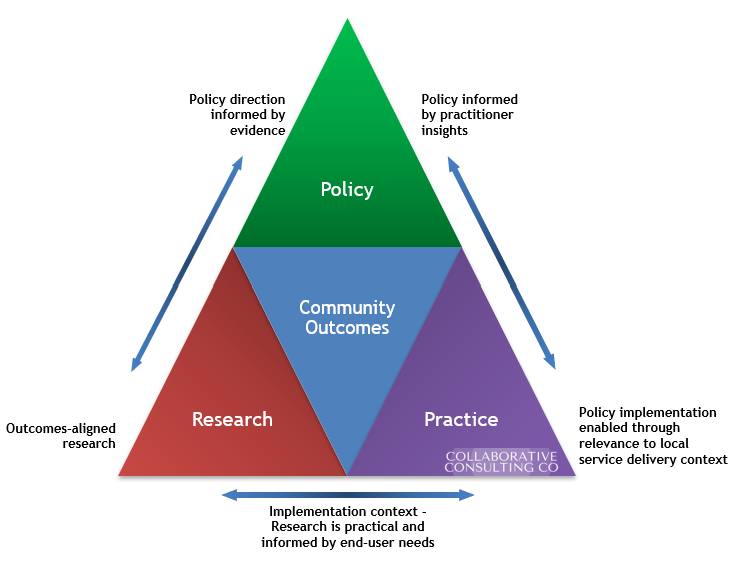Public policy and systems thinking

When developing public policy, it is with a view to strengthening community outcomes. In the context of emergency management, for example, it should strengthen community safety and community resilience. To achieve these outcomes, a systems thinking approach is required to explore the web of public sector organisations, their authorising environments, the role of community and linkages with the private sector. A systems thinking approach should identify the gaps and clarify responsibilities at the edges.
While systems thinking provides the framework for addressing the most complex and continuing challenges that face society, public policy operationalises that systems thinking by being grounded in evidence and informed by practitioner insight.
The importance of systems thinking has been illustrated through the challenges arising through the most recent coronavirus pandemic. For example, the challenges facing aged care have been exacerbated through the pandemic and highlight the importance of a collaborative approach across the aged care, employment and public health sectors, which also bridge the federal and state authorising environments. The early disembarkation of passengers from the Ruby Princess is an example where the web of authorising environments was unclear between state-based health and Commonwealth agriculture and border force agencies.
Connecting research with local practice overcomes the evidence-to-practice gap and enables policy to work as intended when implemented in the local context. Good policy reflects learnings and lived-experience, including drawing from that of other jurisdictions. It incorporates the insights from practitioners on the frontline of service delivery. This requires public policy to be informed by consulting with policy makers, researchers as well as experienced service delivery practitioners.


